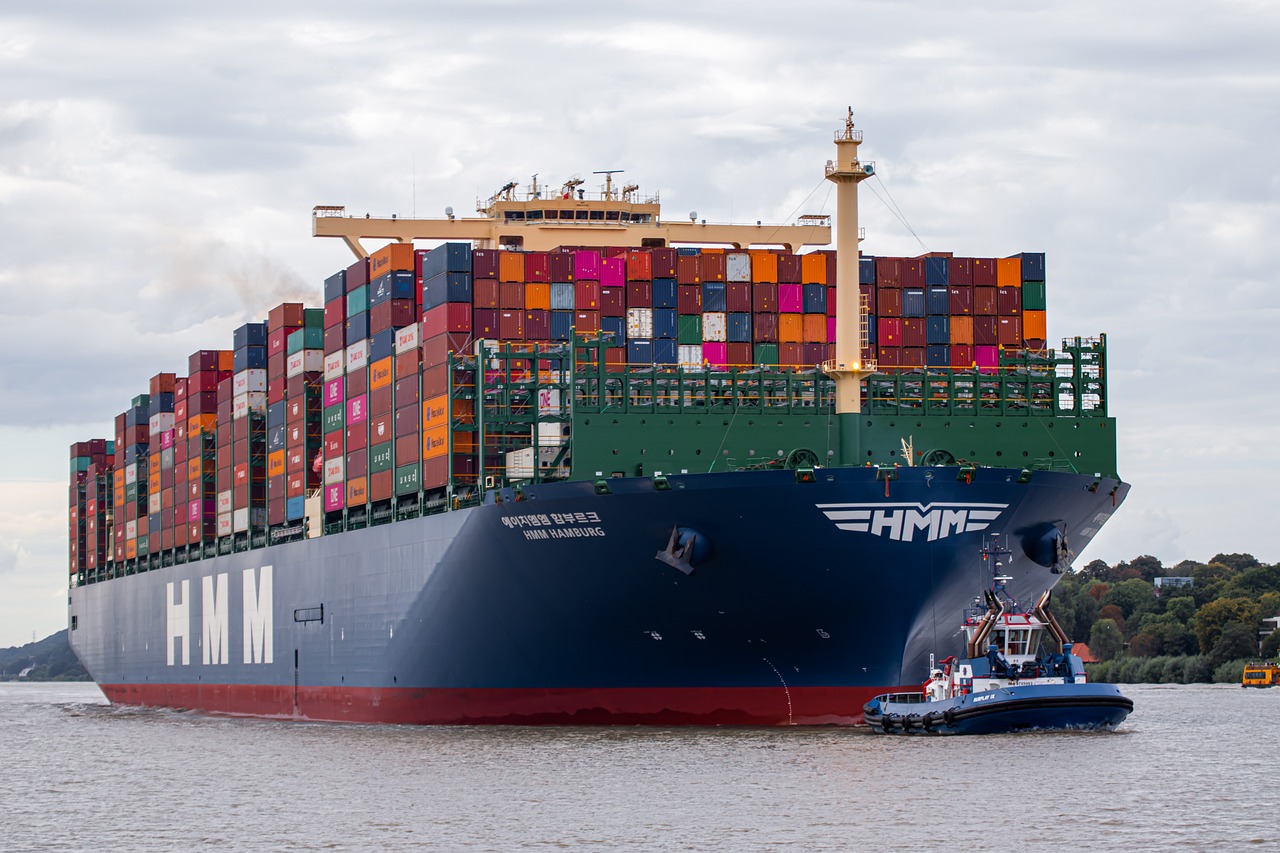
Cross-border e-commerceWhy entrust a professional freight forwarder?
In the market environment where global e-commerce penetration reaches 35% in 2025, the value of professional freight forwarders becomes prominent:
- Customs clearance efficiency improved by 40%: Be familiar with the latest free trade agreement rules such as RCEP.
- Logistics costs reduced by 15-25%:Optimizing routes through multimodal transport solutions
- Avoiding regulatory risks: Addressing the Latest EPR Regulations and Product Certification Requirements in Europe and America
How to evaluate the professional competence of a freight forwarder?
It is recommended to examine from four dimensions:
- 26. Service network:
- Whether to cover the customs clearance nodes in the target market (e.g., Port of Los Angeles in the U.S., Port of Hamburg in Germany)
- Is there a localization team in the emerging Southeast Asian market?
- Digitalization level:
- Does it provide a real-time freight tracking system (referring to the MySupplyChain standard of DHL)?
- Electronic customs declaration document processing time
air transportandThe MaritimeandRailway TransportationHow to choose?
Comparison of Various Transportation Modes in 2025:
- Air Freight (Delivery Time: 3-7 Days): Suitable for high-value electronic products, note the new IATA lithium battery transportation regulations.
- Sea freight (delivery time: 25-35 days): The preferred choice for bulk cargo, with attention to adjustments in Suez Canal tolls.
- China-Europe Railway Express (transit time: 15-18 days): Balanced option, requires confirmation of Poland/Belarus transit documents.
What should I do if my shipment is inspected by customs?
Key Customs Clearance Points for Key Countries in 2025:
- United States:
- Prepare the FDA registration number (for food/cosmetics) in advance.
- Please note that the HTS CODE has been updated to the 2025 version.
- European Union:
- Mandatory use of the ICS2 system for declaration (effective January 2025)
- The EPR registration number must be displayed on the outer packaging.
How to Reduce Cross-Border Logistics Costs?
Three Practical Strategies:
- LCL Optimization: Consolidate multiple customer cargoes through LCL services
- Tariff planning: Leverage the China-Mexico Free Trade Agreement to Reduce Costs in the North American Market
- Packaging improvements: Use foldable packaging to reduce volume and weight by 30%.
How to file claims for damaged goods during transportation?
Key processing steps:
- Provide within 48 hours.On-site photos + cargo damage report
- According to INCOTERMS 2025 to clarify the allocation of responsibilities.
- PurchaseAll Risks Transportation InsurancePlease pay attention to the deductible clauses.
What are the special requirements for logistics in emerging markets?
Taking Southeast Asia and Latin America as examples:
- Indonesia: Halal Certification (12 additional controlled product categories added in 2025)
- Brazil: ANVISA health license + tax ID (CPF/CNPJ) dual verification
- Saudi Arabia: SABER certification requires a 48-hour advance declaration.
How to choose a reliable overseas warehouse?
Five evaluation criteria:
- Local employment compliance (e.g., California AB5 Bill)
- Return processing capacity (daily handling of 500+ orders)
- System Integration Maturity (Supports Shopify/Amazon API)
How should we handle customer returns?
Mainstream Solutions for 2025:
- The European market: Utilize the reverse logistics center for secondary quality inspection
- The American Market: Recover value through Amazon FBA liquidation services.
- Emerging Markets: Establish a resale channel for defective products with local distributors.
What are the hidden traps in freight forwarding fee standards?
Items requiring special attention for charges:
- Hidden additional fees: Peak Season Surcharge (PSS), Bunker Adjustment Factor (BAF)
- Measurement method: The charge is calculated based on the greater value between volumetric weight and actual weight.
- Minimum charge: The minimum LCL (Less than Container Load) shipping volume starts from 1 CBM.


 Follow Customer Service WeChat
Follow Customer Service WeChat